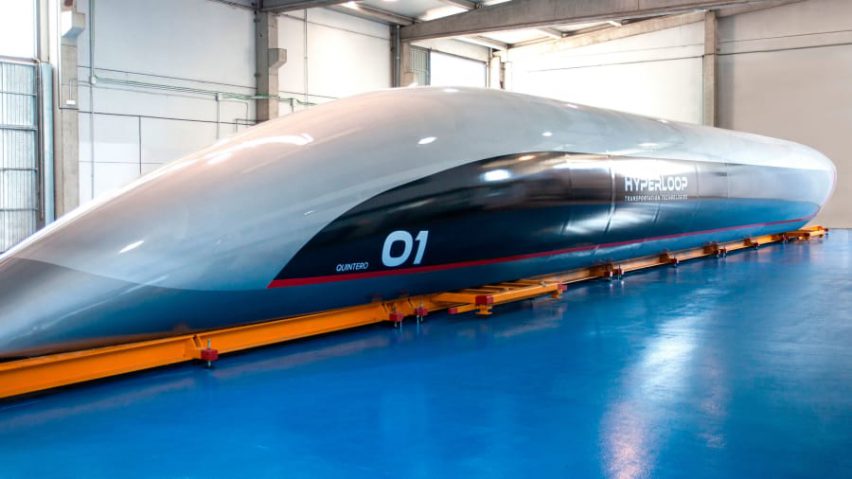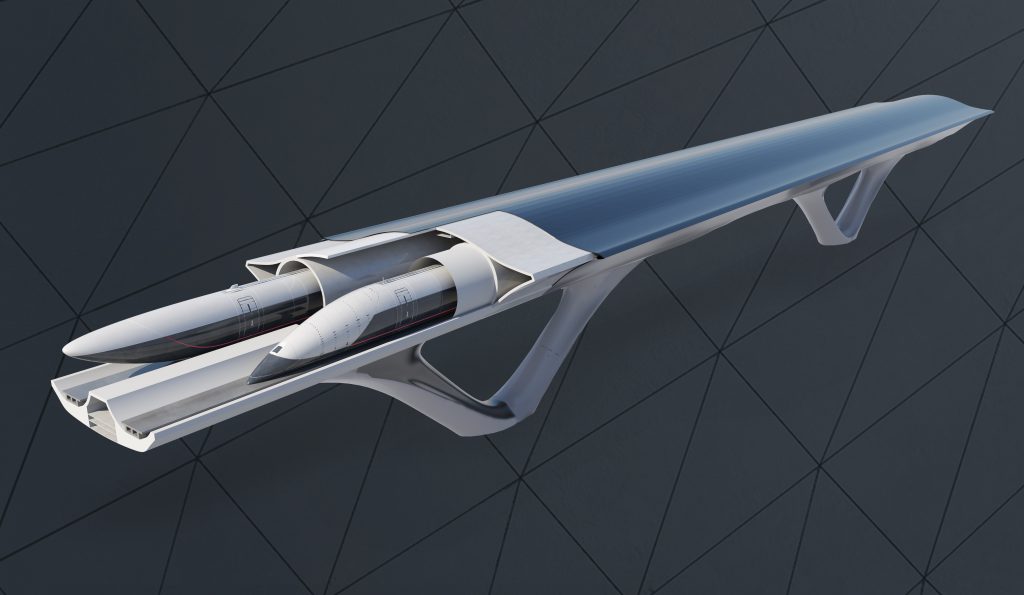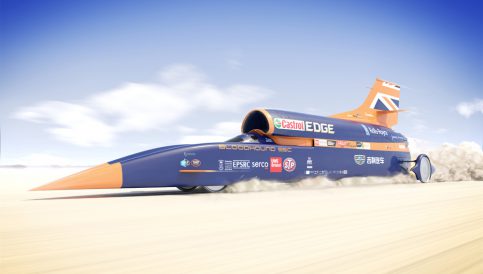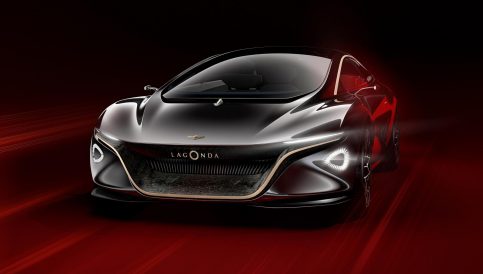Hyperloop TT – The First Full-Scale Passenger Capsule
It's made of vibranium! Seriously...

Five years have elapsed since Mr Musk presented a white paper outlining plans for a Hyperloop. While the Boring Company has been busy keeping the vision alive, the concept has been explicitly “open-sourced” to encourage others to take it further. In fact, Hyperloop Transportation Technologies has just revealed the world’s first full-scale passenger capsule.
The capsule—dubbed Quintero One—is 32m long and carries up to 40 passengers. It looks a little bit like an aeroplane without wings, but of course, it’s much more complicated than that. For its construction, Hyperloop TT developed a new material called ‘vibranium’, which might sounds like something out of a Marvel film… wait a second… it is!

Image: Hyperloop TT
While vibranium is not an extraterrestrial metallic ore with energy-manipulating qualities like some would have you think, it is a sensor-embedded carbon fiber; eight times stronger than aluminum and 1.5 times lighter. What makes it quite special is that it wirelessly transmits critical information about the capsules temperature, integrity and stability, among other things.
“Safety is one of the most important aspects of our system,” said Dirk Ahlborn, the firm’s CEO. “We are 10 times safer than an airplane. Our collaboration with Slovakia and their technical skills in new materials, automotive and production processes have made this technology possible.”

Image: Hyperloop TT
Hyperloop TT considers its biggest breakthrough to be its next-generation passive magnetic levitation system, which has been called ‘Inductrack’. Simply put, this is a ‘Halback array’ configuration of magnets, whereby the magnetic field is augmented on one side and cancelled to near zero on the other. Hyperloop TT have demonstrated that it allows for passive levitation over an unpowered, but conductive track.
It’s hard to believe, but one day we might actually find ourselves traveling via electrically powered Hyperloop systems; hurtling through 4m diameter tubes at 750mph completely unfettered by air resistance. According to Hyperloop TT, capsules would depart every 40 seconds and transport up to 164,000 passengers a day on one line running at full efficiency.

Image: Hyperloop TT
In the meantime, Quintero One will be sent to Hyperloop TT’s research and development centre for additional assembly and integration—only then can it be used on a commercial track. According to Bibop Gresta, co-founder of HyperloopTT, the capsule will be fully optimised and ready for passengers in 2019.
Marc Ward













